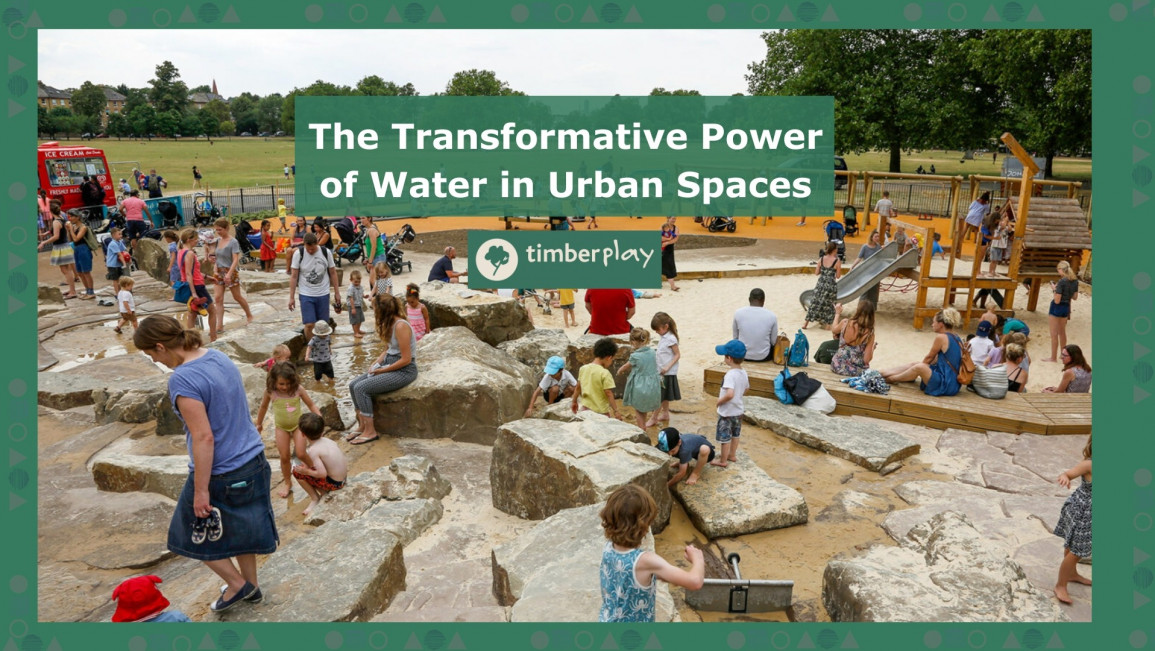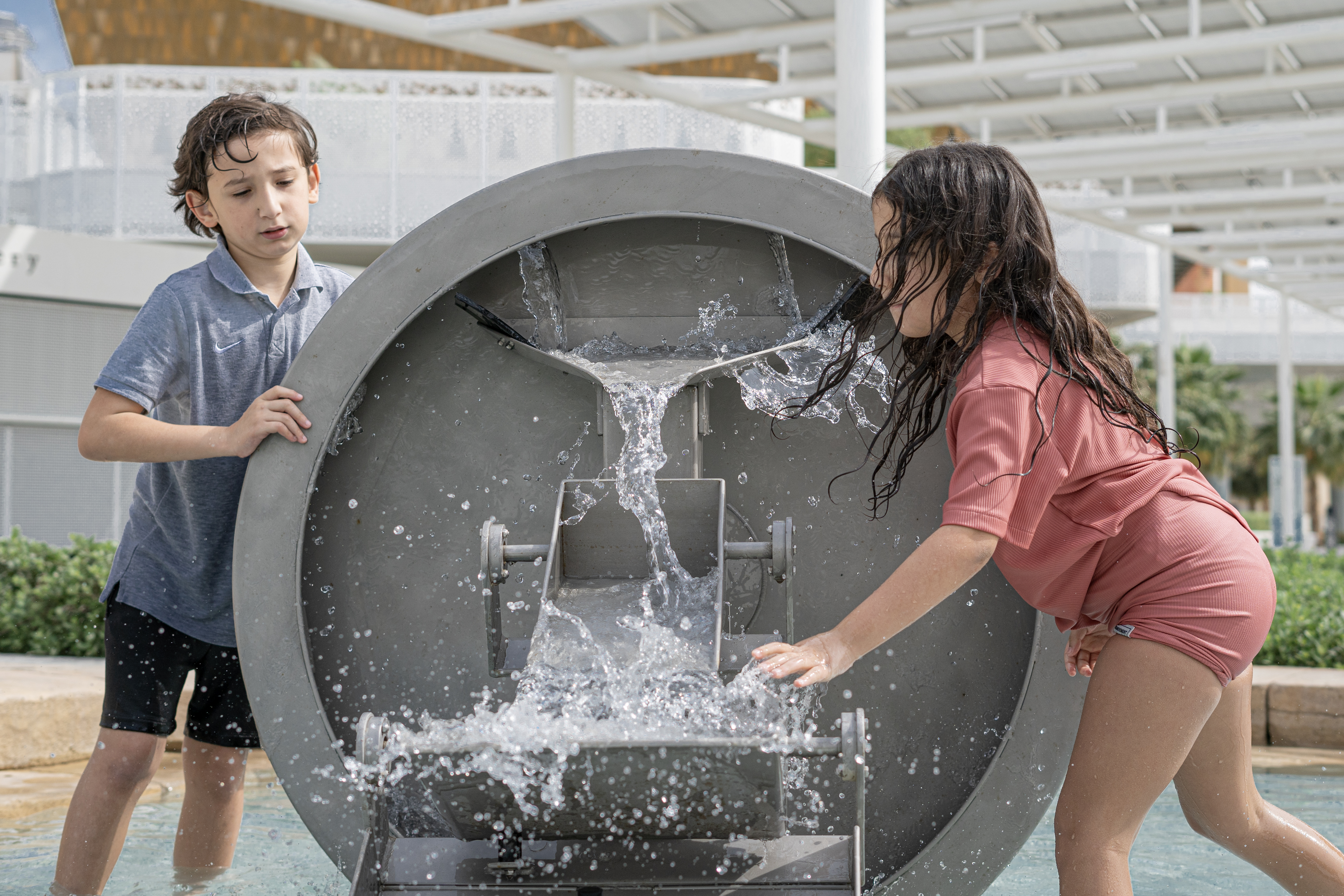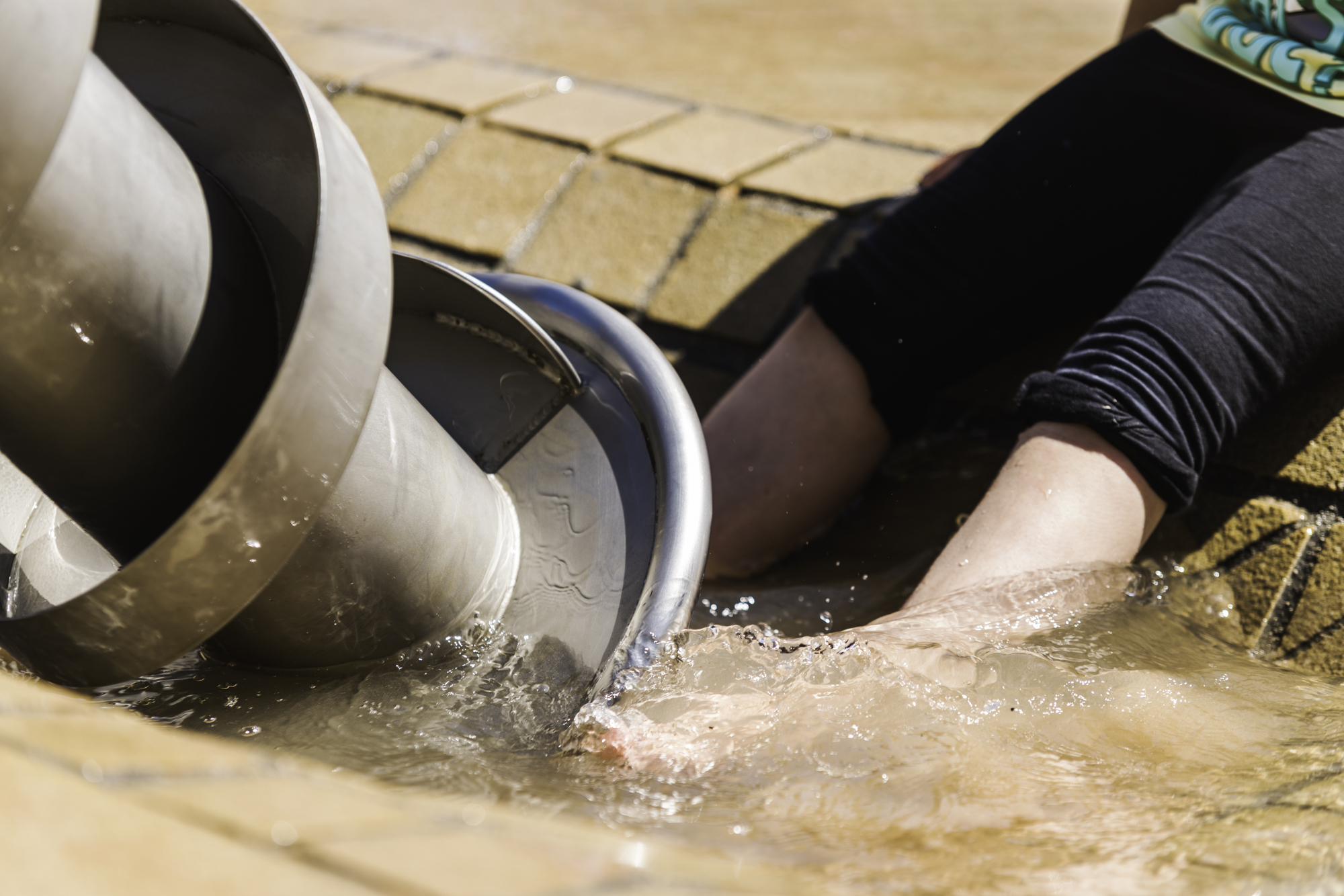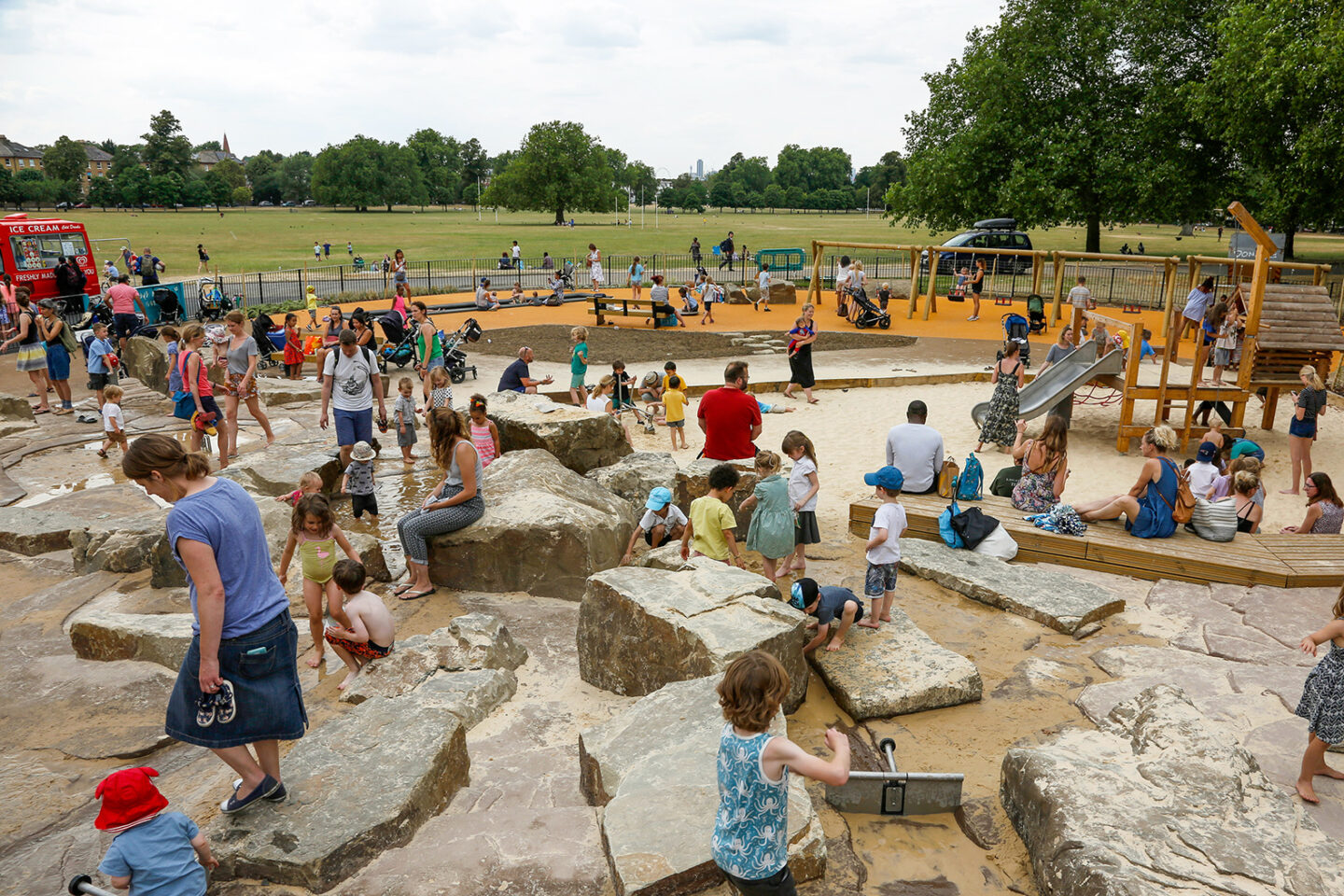Ideas and Insights
Picture a city where every resident can reach a body of water within a short stroll — a place where urban life harmoniously integrates with natural aquatic environments.
This vision has become reality in Copenhagen with its forward-thinking “five-minute city” concept, particularly exemplified in the Nordhavn neighbourhood. This innovative urban planning approach ensures that essential amenities — from shops and schools to green and blue spaces — are within a five-minute walk for all residents. The result? A community that is sustainable, socially engaged, and connected to nature.
The Impact of Proximity to Water
Access to water in urban settings is about more than aesthetics. Studies consistently show that proximity to water supports physical and mental wellbeing, fosters community engagement, and promotes environmental stewardship. Copenhagen’s approach demonstrates how urban design can bring people and water closer together, creating spaces that encourage gathering, relaxation, and connection.
Bringing the Vision to the UK
As we look to Copenhagen’s success, the question arises: how can these principles be applied to cities and public spaces here in the UK? Integrating water features into urban landscapes can transform spaces from functional to extraordinary. Beyond providing visual interest, water can become a catalyst for community — a place where people meet, relax, and interact.
And importantly, this access to water holds particular value for children.
Water Play: Supporting Child Development
Urban planners and landscape designers are increasingly recognising the role water play can have in supporting child development. Water play is far more than a source of entertainment; it offers a host of benefits:
- Sensory Development: Water stimulates children’s senses, offering opportunities to explore textures, temperatures, and sounds.
- Cognitive Growth: Observing water flow, pouring, and measuring introduce early scientific and mathematical concepts in a hands-on way.
- Social Skills: Water play often encourages group interaction, fostering communication, cooperation, and sharing.
- Physical Coordination: The manipulation of water through various tools develops fine motor skills and hand-eye coordination.
By incorporating water play into public spaces, we can nurture children’s curiosity and creativity while providing places for families to gather and communities to grow.
Timberplay’s Contribution
At Timberplay, we’re passionate about creating safe, stimulating, and educational water play environments. Across the UK and internationally, we’ve helped deliver spaces that bring people and water together in meaningful ways. Timberplay projects including Masdar City, Pounds Park, Peckham Rye and Poundbury, and Richter Spielgeräte projects such as Origami Park and Freiham, Munich, demonstrate how well-designed water play can enrich public spaces.
Each of these installations is more than just a play feature; they serve as community hubs, supporting learning, interaction, and inclusivity. We understand that water play is not an afterthought — it’s an integral part of public space design that benefits everyone.
Looking Ahead
As the UK continues to evolve its urban landscapes, the opportunity to place water — and water play — at the heart of public spaces is one not to be missed. By embracing the principles demonstrated in Copenhagen and understanding the social and developmental advantages of accessible water, we can help shape healthier, happier, and more connected communities.
If you’d like to explore how water play could transform your project, we’d love to talk.



